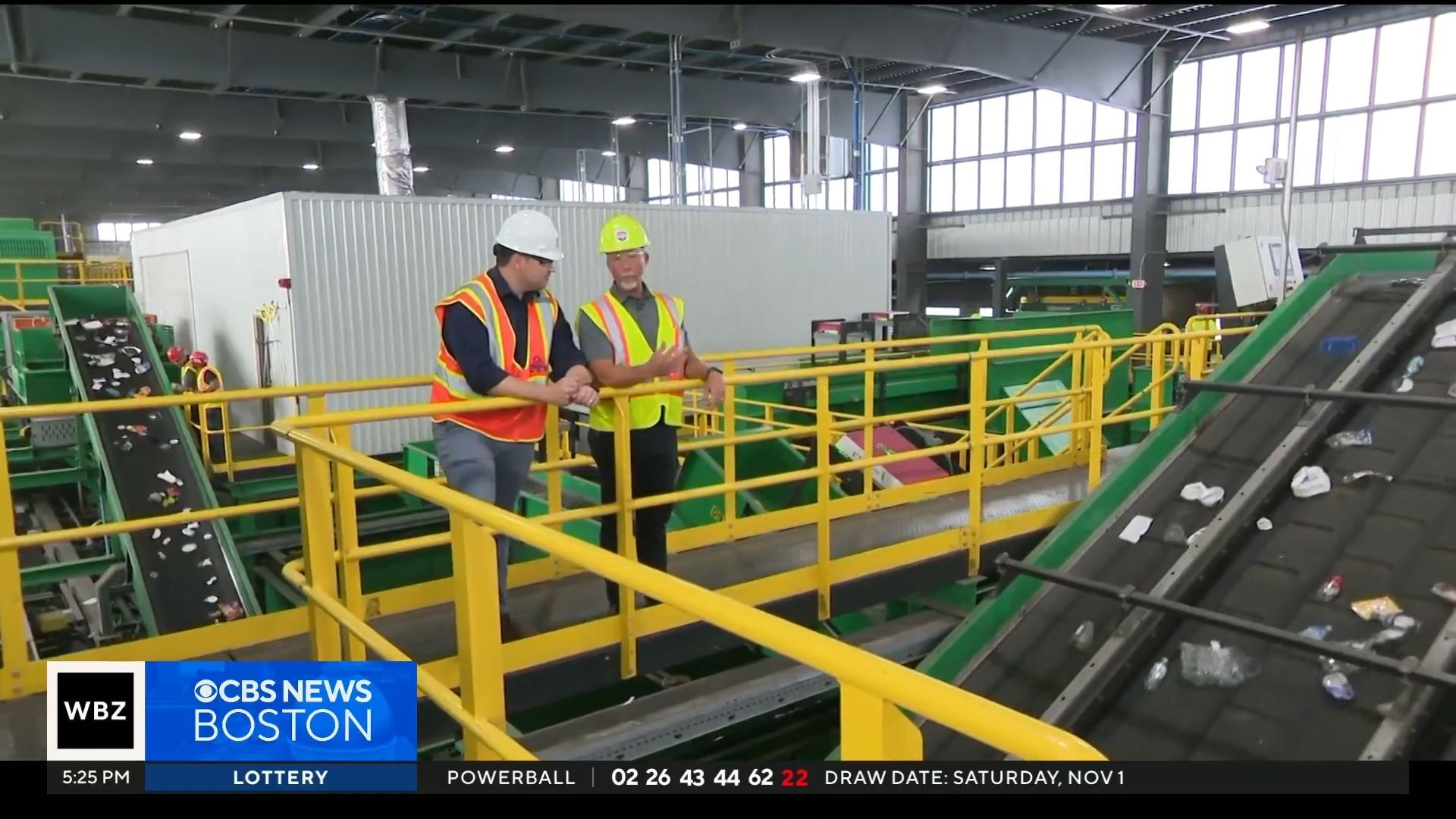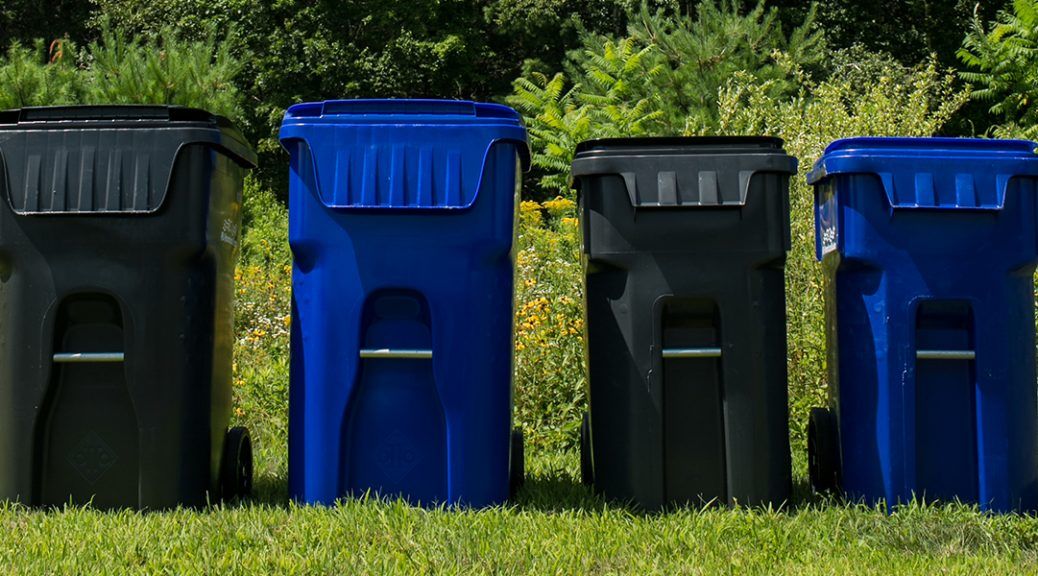WHAT IS GOING ON WITH RECYCLING?
By Frank M. Antonacci
I am sure many of you, given the nature of your employment, are seen as the resident recycling expert at any summer picnic, family gathering, or kids sports event. I know I am. More than ever “RECYCLING” is the subject of everyday conversation and concern, sparked by a deepening concern by the general public regarding the environment, along with the considerable shifts in recycling markets worldwide turning the recycling business model on its head! Headlines about recycling are everywhere, and my goal is to arm you with some real answers from our industry leader’s perspective regarding the present and future of recycling in our business and in our communities and dispel some commonly held, misleading ideas.
Here are some of the questions and answers.
Is it true that we don’t recycle anymore because China stopped taking the stuff?
No, none of our companies have changed our policies regarding handling of recyclables. We have found different markets for all the recycling commodities, although they are at much different prices than they once were. In some cases, we are even paying to ensure that material we collect as recyclables are being recycled or reused. We have also invested in our facilities to deal with the increased contamination we have seen in the recycling stream.
What did China do that ruined the recycling market so much?
China enacted a policy called the “National Sword” on January 1, 2018. This policy essentially made it impossible to import recyclables from outside of China into the country. This was a major problem as China previously purchased 70% of the recyclables generated in the United States and an even higher percentage from the United States coastal states. The domestic and global market for recyclables became flooded with material causing the prices for the commodities to plummet.
Why did the cost of recycling go up so much?
The cost of recycling to the customer- whether a municipality, an individual resident, or a commercial customer- did not rise because costs went up, but rather because the value of the recycling stream fell and that value was used to offset much of the cost to the customer.
How much did the recycling values drop?
The market for recyclables fell to the lowest levels we have ever seen. Cardboard once sold for $175/ ton dropping to $25/ ton while newspaper once fetched over $100/ ton and now can cost upwards of $50/ton to ensure that it goes to a recycler. The prices are end market prices that do not account for costs to collect, process, package and market the materials.
Is it even worth recycling if it may cost as much as trash now?
Yes, for many reasons:
- While we are experiencing one of the most challenging environments we have seen for recycling, commodity pricing is cyclical and historically we have seen recovery from other challenging times.
- Especially in the northeast, there is a finite space for final disposal capacity. Right now, about 30% of the materials we discard will never see a burnplant or landfill rather they are processed through local recycling infrastructure to be used in new products. Practically speaking, the disposal capacity just does not exist to handle these materials if they were no longer put through the recycling infrastructure. Abandoning recycling would cause pricing to skyrocket on all waste streams.
- Recycling is an investment in the future of our environment. There is value in ensuring that materials are used and reused as many times as possible until we truly must dispose of them.
How do things get better for recycling?
Markets need to develop around the world, especially in the United States to handle these materials. On the positive side of the story many shuttered old paper mills are being purchased, revamped and reopened throughout the United States to take advantage of the supply domestically. The domestic development of these markets may provide the type of stability and opportunity in recycling like the discovery of natural gas did for the energy markets in the United States and would lead to a much more stable and sustainable recycling model for decades to come.
What can I do?
Recycle right, and encourage your friends and family to do the same. Since recycling became mainstream in 1994, the recycling stream has gradually become dirtier and dirtier. Much of this contamination (as we call it in the industry) comes from good intentioned customers seeking to recycle as much as possible and putting non-recyclables (contamination) in the recycling bin because it feels good to think you are recycling. The truth is that this “wishful recycling” contaminates the whole stream and makes it harder to sort out and market the right recyclables. There is a great resource at http://www.recyclect.com/ which shows you “what’s in and what’s out” of your recycling bin. This will not only improve the quality of our materials that we market, but more importantly it will keep our fellow teammates safer at our recycling facilities.
You can also encourage your local communities and politicians to support the local recycling infrastructure and the value it brings to all communities. Recycling and the accompanying services provide for all our families and protect the environment for generations to come. We must ensure that uninformed politicians and public officials do not make uneducated and shortsighted decisions that could be detrimental to the future of recycling.



